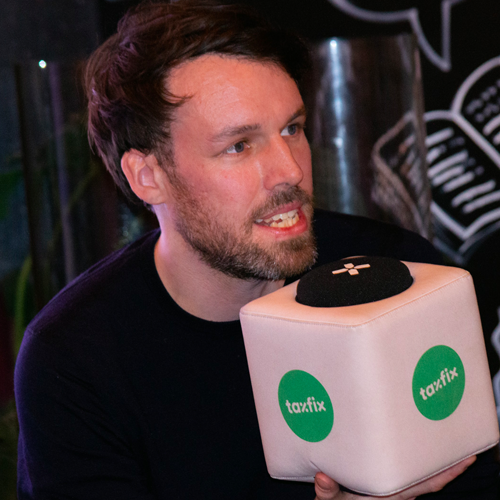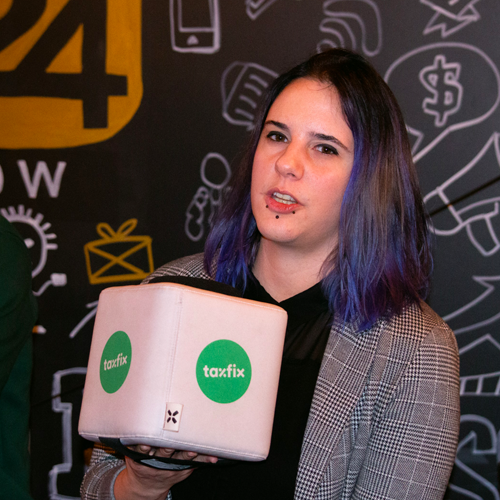Here’s What We Learned About Talent Acquisition In 2019
4 February 2020

"The key is to develop, grow and become the best you can be, this dictates everything we do at Taxfix..."

The first 2020 Talentful Talk with HR Club Berlin, New Decade, New Strategy: What We Learned About Talent Acquisition In 2019, took place in Berlin on January 28, 2020.
The event brought together 100 guests and four top talent recruiters to discuss what it takes to scale your business without the established means to do so.
The expert panellists shared secrets of how top-performing hiring teams operate and tips on how they organized efficient processes to build game-changing teams themselves in 2019.
Here are a few key takeaways from the event.

Growth & how that affects talent acquisition
When it came to growth in 2019, all of the companies on the panel experienced rapid growth, quadrupling their workforce, doubling the size of the company, and experiencing an influx of capital. And this affected how they recruited.
For Julien Entresangle at Sennder, the biggest challenge was the definition of recruitment itself.
“In the early stages of a startup, you count on a lot of referrals and networks, searching for more junior people,” said Entresangle. “As you progress, you look for more senior people; you change your outlook and processes to accommodate your growing needs.”
Entresangle joined the company in September 2019, so spent much of his early days having 1:1 with hiring managers and trying to create a strategic approach – moving them from quantity to quality.
Robert Krzyzaniak from Taxfix had to hire 160 people during the company’s rapid expansion in new international markets in 2019 with no talent acquisition team. He had to jump into the fire to ensure that strategy was the cornerstone of the talent acquisition team from the start.
Francesca Basso, Tourlane, said that for her, finding the right balance between quantity and quality was her biggest challenge during that time. To get enough people, but also good people was a challenge that she addressed by setting up interview training (external and internal) with a variety of interviewers, including management.

Measuring is a mindset
Entresangle says that after some shifting with software and integration challenges, they were able to look at exactly what they needed – pass-through rates, which indicate the quality of the process.
“I don’t believe in silly metrics, emails, screens, etc.,” said Entrestrangle. “That may be useful for an agency, but it is not relevant to in-house teams.”
Krzyzaniak emphasises that the candidate experience is critical for Taxfix, and every action should be driving this.
“We are extremely data-driven,” said Basso. “From day one, our main KPI has been the number of hires, daily calls, etc. and recruiters should stop being scared of data in measurement.”
Basso says that tracking everything allows them to work on specific initiatives. “If you see that conversion rates are bad, then you need to work on your closing strategy. This allows you to pivot and better allocate your resources.”

Creating the best talent acquisition teams
Entrestrangle believes market intelligence is the number one priority. He recommends that talent acquisition teams stay up to date with recruitment trends and follow Facebook groups with recruiters because that elevates the personal branding aspect of the position.
“The key is to develop, grow and become the best you can be, this dictates everything we do at Taxfix,” said Krzyzaniak. “We want to nurture hunger and allow them to take charge of their development to create a culture of innovation.”
“I have onboarded many recruiters in the past several years under high workloads, and we do basic training and then send them out to the teams, but training isn’t established yet, so we rely more on the individual to drive themselves,” said Basso. “I believe if an individual is driven, they will achieve more on their own.”



